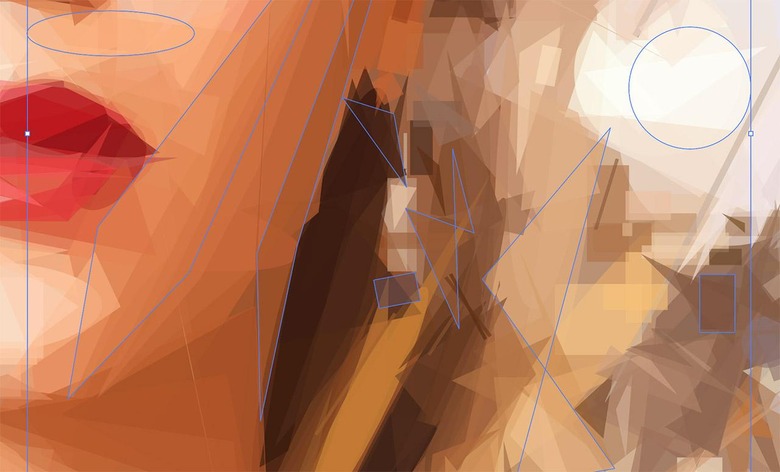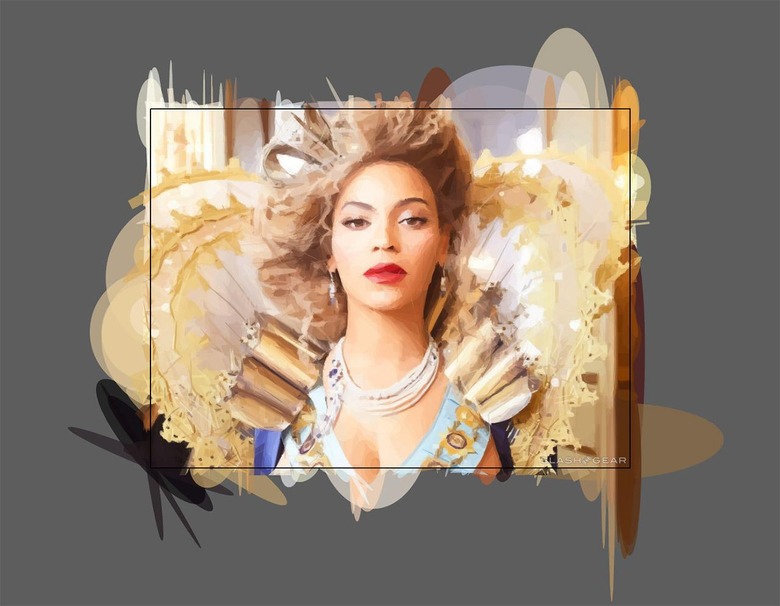Watch Beyonce Get In Formation As Primitive App Creates Vector Magic
The app Primitive has been released today for OS X, turning photos (or whatever other images you like) into arrays of shapes. The process begins with a single image, provided by the user. The user selects bounds within which the program must operate – circles, rectangles, quadrilaterals – then the fun begins. This app selects shapes that best fit all areas of the image – size, color, placement – and fits them in, one at a time.
Primitive is an app which allows anyone to turn photos into mathematically beautiful images. This is not the first app that's done this sort of thing – there are plenty of "vectorize this" sorts of apps out in the wild today. But Primitive is an app that takes the art to a new level, telling a computer to do its best to recreate an image within a set of restrictions the user sets.

This app tears down boundaries between vectorized, computer generated images and the photos they are based on. Images are constructed of a variety of different sorts of shapes at speeds that are anywhere from slow to quicker-than-you'd-expect. Speed, in this case, really depends on the processing power of each individual computer.
Perhaps the easiest bit of this app to be astounded by – for the common user – is the live process. Each Primitive image is created live, up front and visible. The user can choose how many shapes are added at a time, what size the image will be, and both the shape alpha and stroke width.
The process can be run until a number of shapes is reached, or until its "similarity" score reaches a certain percentage point. Shape types available to the user include triangles, circles, quadrilaterals, rectangles, ellipses, quadratic beziers (sort of like line segments), rotated rectangles, rotated ellipses, and "combo". Combo is a mix of all elements, each chosen to best represent one area of the image.
The processing image can be viewed in a small window or at full screen. What we've got here is an image of the Queen Bey in construction. Getting in formation, so to speak.
Users can choose to stop the construction of an image at any time, switch parameters, and continue on. In the demonstration shown above, we just roll with the settings set at the beginning of the sequence and keep it simple. Once the image has been constructed to the user's liking, it can be exported in simple JPG or PNG – OR it can be saved as SVG.

If the image is saved as SVG, vectors of each individual shape will be accessible in Adobe Illustrator. From there, any tweaks or modifications the user would like can be done. It's all exceptionally easy to run and save.
It's important to recognize that even though these images become more or less distorted based on our settings, this doesn't necessarily make them original. In the eyes of the law, a computer-generated image that's largely the same as its original could potentially be covered under copyright law. In other words – don't go using this app to copy famous artworks and claim them as your own.

If, on the other hand, you'd like to take an image that's very small and render it with this app to create an SVG that could be very big, that's up to you. Think about taking that SVG then and blowing it up to poster size. More than a few radical, magical ideas are coming to mind already.
This app is available from developer Michael Fogleman in the Mac App Store now. The app costs $9.99 USD and works with OS X 10.10 or later and requires a 64-bit processor. This app was originally released on November 15th, 2016, and is out in version 1.0 when this article is set to be published.
